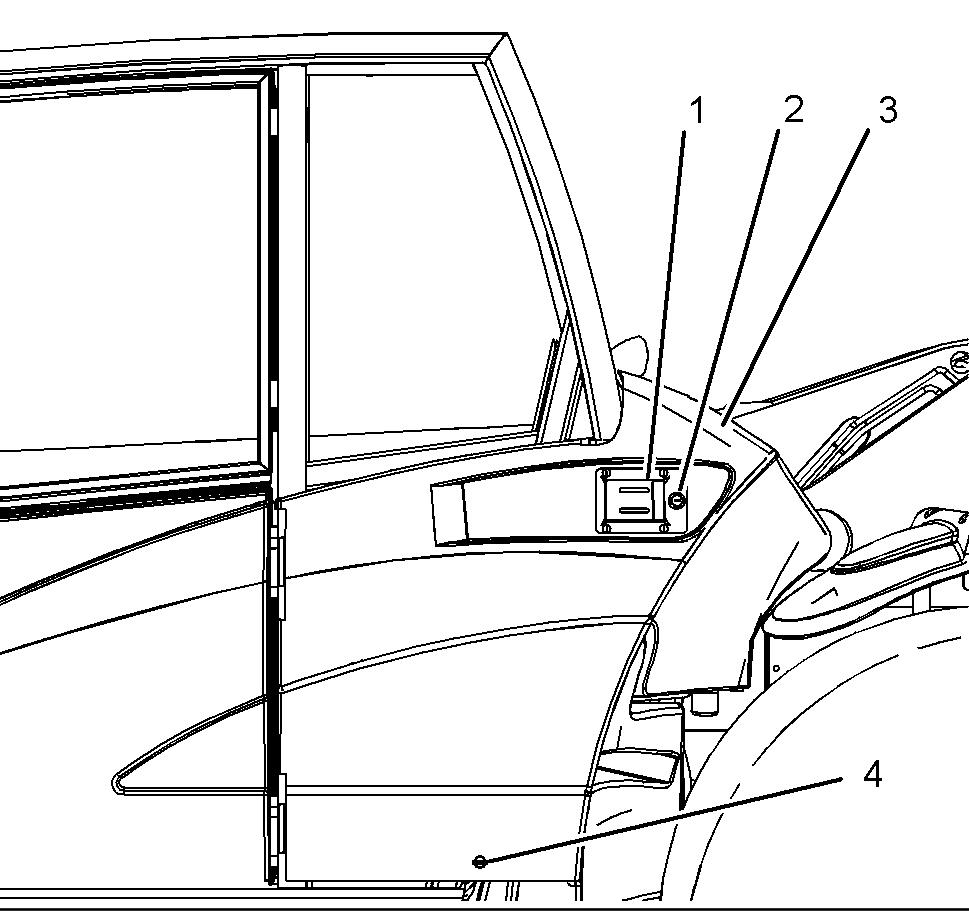
2 minute read
Power
the following components: the fuel lines, the hydraulic lines, and any moving parts. 12. Start the engine of the machine that is being used as an electrical source or energize the charging system on the auxiliary power source. 13. Wait at least two minutes before you attempt to start the stalled machine. This will allow the batteries in the stalled machine to partially charge. 14. Attempt to start the stalled engine. Refer to
Operation and Maintenance Manual, "Engine
Starting" for the correct starting procedure. 15. Immediately after you start the stalled engine, disconnect the jump start cables in reverse order.
Equipment Lowering with Loss of Hydraulic Power
Lowering the boom with the engine stopped can cause personal injury or death. Keep all personnel away from the boom drop area when lowering the boom with the engine stopped.
Personal injury can result from not following the specified procedure. To avoid personal injury, follow the procedure as specified.
Lowering a raised boom increases the outreach of the load. This can reduce the forward stability of the machine resulting in machine tip over. This can cause injury or death to the operator or other personnel in the work area. Always retract the boom, if possible, before lowering it.
The cylinder for retracting the boom, and the cylinders for lowering the boom are equipped with load control valves. The load control valves lock oil in the cylinders if hydraulic power is lost. The locked oil in the cylinders prevents the boom from moving. In most situations, the boom can be retracted and the boom can be lowered from ground level if hydraulic power is lost. If the angle of the boom is too low you may not be able to retract the boom. If the boom cannot be retracted, it might be possible to lower the load to ground level without retracting the boom first. Assess the weight of the load and consult the appropriate load chart in order to determine that the load can be lowered in this way without causing the machine to tip forward. Do not attempt to lower the boom unless you are satisfied with the stability of the machine. You must be sure that the boom can be lowered without hitting an obstacle. Due to the size of the hydraulic tank, it is possible to return 12 L (3.17 US gal) of oil to the tank more than the tank capacity. This volume of oil must be removed by the following procedure before retracting the boom or lowering the boom from full stroke without utilizing the hand pump.
Procedure for Draining Hydraulic Tank
Hot oil and hot components can cause personal injury. Do not allow hot oil or hot components to contact skin.
NOTICE Care must be taken to ensure that fluids are contained during performance of inspection, maintenance, testing, adjusting and repair of the product. Be prepared to collect the fluid with suitable containers before opening any compartment or disassembling any component containing fluids. Refer to Special Publication, NENG2500, "Caterpillar Dealer Service Tool Catalog" for tools and supplies suitable to collect and contain fluids on Caterpillar products. Dispose of all fluids according to local regulations and mandates. Note: The hydraulic tank must be drained when "Procedure for Retracting the Boom without Hand Pump" or "Procedure for Lowering the Boom without Hand Pump" is used.
Illustration 126 g01202853 Protection cover










